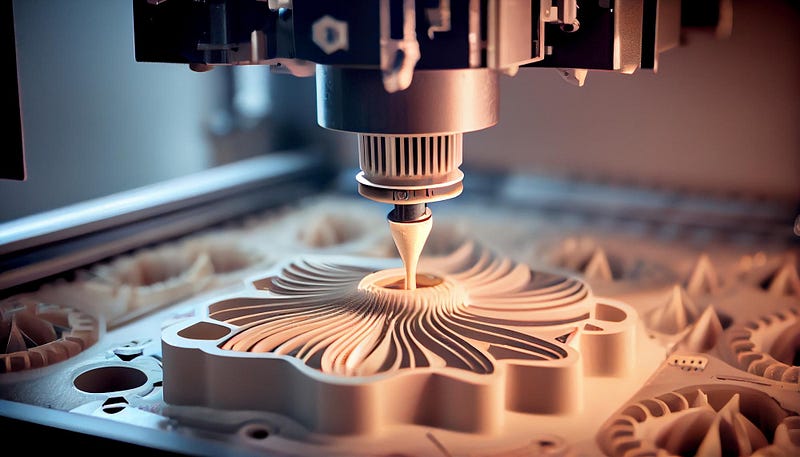Exploring Advanced Materials: What You Need to Know for 3D Printing Success
In the rapidly evolving world of 3D printing, material selection plays a pivotal role in achieving exceptional results. While traditional filaments like PLA and ABS have their merits, advanced materials open up new possibilities for complex, durable, and high-performance prints. Let’s delve into the realm of advanced materials and discover what you need to know for 3D printing success.

1. Understanding Advanced Materials
Advanced materials encompass a wide range of compounds designed to meet specific industrial, mechanical, or functional requirements. These materials often possess enhanced properties, such as increased strength, flexibility, and resistance to environmental factors, making them ideal for specialized applications.
2. Polyamide (Nylon)
Polyamide, commonly known as nylon, is a powerhouse in the world of advanced 3D printing materials. It boasts impressive strength-to-weight ratios, making it suitable for applications that demand durability and flexibility. From gears and bearings to functional prototypes, nylon’s versatility shines.
3. Carbon Fiber-Reinforced Composites
Carbon fiber-reinforced materials combine the rigidity of carbon fiber with the flexibility of polymer matrices. This blend results in prints that are exceptionally strong, yet surprisingly lightweight. Industries ranging from aerospace to automotive are harnessing the power of carbon fiber-reinforced composites for critical components.
4. PEEK (Polyether Ether Ketone)
PEEK is a high-performance thermoplastic known for its remarkable thermal stability and chemical resistance. It excels in demanding environments, making it a top choice for applications like medical implants, aerospace components, and automotive parts.
5. Metal Filaments
Metal-infused filaments are revolutionizing 3D printing by enabling the creation of objects that mimic the appearance and properties of metals. Copper, bronze, and stainless steel filaments are popular choices for achieving a metallic finish. While not as strong as true metals, these filaments offer an affordable alternative for decorative or low-stress functional applications.
6. Resin-Based Printing
While Fused Deposition Modeling (FDM) printers are prevalent, resin-based printing, also known as Stereolithography (SLA) or Digital Light Processing (DLP), introduces a whole new dimension of precision and detail. Resins like Tough Resin and High-Temperature Resin are engineered for specific applications, from engineering prototypes to dental models.
7. Temperature Considerations
Advanced materials often require precise temperature management. Ensure your 3D printer is equipped to reach and maintain the optimal extrusion temperature for the chosen material. This critical step will help avoid issues like warping, poor layer adhesion, and nozzle clogs.
8. Upgrading Your 3D Printer
Adopting advanced materials may necessitate modifications or upgrades to your 3D printer. Upgraded hotends, nozzles, and heated beds can enhance compatibility with a broader range of materials, ensuring smooth printing experiences.
Conclusion
The world of 3D printing is expanding at an astonishing pace, and choosing the right material can make or break your project. Embracing advanced materials opens up a realm of possibilities for creating objects with enhanced properties and functionalities. Whether you’re delving into aerospace, automotive, or medical applications, understanding and leveraging these materials will set you on the path to 3D printing success. So, equip yourself with knowledge, experiment with different materials, and watch your creations reach new heights! And if you’re in Madurai, remember to explore the options for 3D printers in Madurai to ensure you have the right tools at your disposal for your printing endeavors.
Comments
Post a Comment